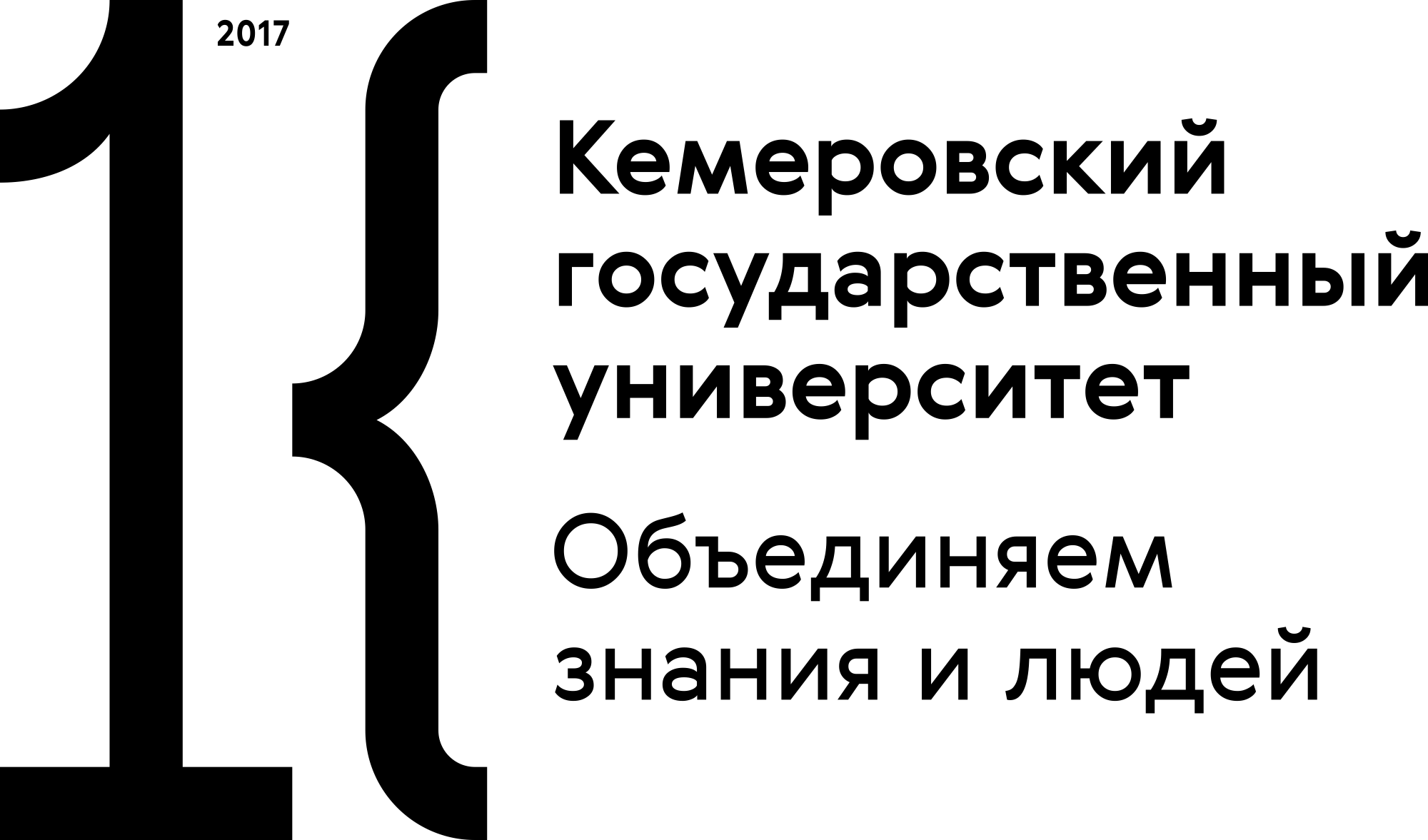Specialists in technical information security deal with the physical security of various industrial objects. This article introduces a new method for approximating costs of installing a concertina razor wire obstacle. The method can be implemented as part of information security disciplines. The research involved a review of academic sources, scientific publications, and regulatory documents, which showed that courses of information security and engineering hardly ever cover the issue of costs calculation. The author developed a method for approximate calculation of the costs of installing reinforced barbed wire in its single-level concertina razor variant, including a simplified training sample for a hypothetical protected object. The results obtained can be applied as part of courses of engineering and information security, e.g., as laboratory tasks, tutorials, or research projects. The results may also be of interest to technical specialists involved in the engineering and technical data protection at various facilities that require physical security.
training, training sample, disciplines of engineering and technical protection, engineering and technical protection of information, engineering obstacles, reinforced barbed wire, concertina razor wire, method of calculating the installation costs
1. Bondarev P. V., Izmailov A. V., Tolstoy A. I. Physical protection of nuclear facilities. Moscow: MIFI, 2008, 581. (In Russ.) https://www.elibrary.ru/qmknnf
2. Durakovskiy A. P., Engalychev R. S. Improving practical skills of training specialists in information security in the field of certification of informatization objects according to information security requirements. Bezopasnost Informatsionnykh Tekhnologiy, 2008, 15(3): 67-69. (In Russ.) https://elibrary.ru/pvqtsp
3. Sizonenko A. B., Klyuev S. G. Relationship between the technical disciplines in training information security specialists. Informatsionnoe protivodeistvie ugrozam terrorizma, 2015, 2(25): 240-245. (In Russ.) https://elibrary.ru/vbtjwr
4. Barkalov Yu. M., Telkov A. Yu. Modeling as a method for implementing a program of laboratory works in the process of distant teaching "Technical protection of information". Vestnik Sankt-Peterburgskogo Universiteta MVD Rossii, 2021, (3): 209-215. (In Russ.) https://doi.org/10.35750/2071-8284-2021-3-209-215 EDN: https://elibrary.ru/HUWWFC
5. Zaitseva I. N., Fortunova N. A., Filyak P. Yu., Karpeev D. O., Moskaleva E. A. On securing information safety with the help of nonharmonic electromagnetic field picosecond range of duration. Informatsiya i bezopasnost, 2019, 22(2): 226-231. (In Russ.) https://www.elibrary.ru/rvobxw
6. Burkova E. V. Physical protection of informatization objects. Orenburg: OSU, 2017, 158. (In Russ.) https://www.elibrary.ru/zvdcad
7. Komarova E. P., Stadnikov M. D. Modeling of integrated information environment for the forming of professional competence of specialists in technical protection of information. Bulletin of North Ossetian state university named after K. L. Khetagurov, 2017, (1): 86-90. (In Russ.) https://elibrary.ru/yjtxvx
8. Barankova I. I., Khizhnikov D. I., Mikhailova U. V. Development of a training complex for calculating incidental electromagnetic emissions. Vestnik UrFO. Security in the information sphere, 2022, (2): 5-11. (In Russ.) https://doi.org/10.14529/secur220201 EDN: https://elibrary.ru/GODMAH
9. Zhuk A., Orel D., Nekrasova E., Krivolapova O. The use of simulation models and game scenarios in the study of radio engineering systems by higher engineering students. CEUR Workshop Proceedings. SLET 2019, Stavropol-Dombay, 20-23 May 2019. Stavropol-Dombay: CEUR-WS.org, 2019, vol. 2494. https://elibrary.ru/uiqhps
10. Ulven J. B., Wangen G. A systematic review of cybersecurity risks in higher education. Future Internet, 2021, 13(2). https://doi.org/10.3390/fi13020039
11. Miloslavskaya N. G., Tolstoy A. Formation of general professional competencies in academic training of information security professionals. IFIP Advances in information and communication technology, 2021, 615: 13-26. https://doi.org/10.1007/978-3-030-80865-5_2 EDN: https://elibrary.ru/BENIQT
12. Tolstoy A., Miloslavskaya N. G. Andragogy as a scientific basis for training professionals in information security. IFIP Advances in information and communication technology, 2019, 557: 72-85. https://doi.org/10.1007/978-3-030-23451-5_6 EDN: https://elibrary.ru/MZWXXY
13. Vybornov A., Miloslavskaya N. G., Tolstoy A. Designing competency models for cybersecurity professionals for the banking sector. IFIP Advances in information and communication technology, 2020, 579: 81-95. https://doi.org/10.1007/978-3-030-59291-2_6 EDN: https://elibrary.ru/MSUCJB
14. Torokin A. A. Fundamentals of engineering and technical information security. Moscow: Gelios ARV, 2005, 960. (In Russ.)
15. Scherbakov E. A. Engineering and technical means of security and supervision. Samara: SLI of the FPS of Russia, 2011, 95. (In Russ.)
16. Krasnoslobodtsev V. S., Zarezin V. E. Selection of the fence of the field park of a separate railway of mechanization. Spetsialnaia tekhnika i tekhnologii transporta, 2020, (8): 38-41. (In Russ.) https://elibrary.ru/gilbjl
17. Korotkova A. A., Bobyleva S. V. Application of machine learning methods in the field of engineering and technical information security. System analysis in science and education, 2023, (2): 45-55. (In Russ.) https://www.elibrary.ru/gyurot
18. Ivanov V. A., Sizov S. M. Efficiency of complexes of technical security systems: cumulative price. T-Comm, 2009, (S2): 71-72. (In Russ.) https://elibrary.ru/kzfqcl
19. Ksenofontov Yu. G. Problems of sea objects perimeters complex protection equipment. Military Enginery. Scientific and Technical Journal. Counter-terrorism technical devices. Issue 16, 2015, (1-2): 65-69. (In Russ.) https://elibrary.ru/tjbrxp
20. Mishin E. T., Sokolov E. E. Building physical protection systems for potentially dangerous objects. Moscow: Radio i sviaz, 2005, 200. (In Russ.)
21. Govender D. Improving physical protection systems to prevent residential burglaries. African Security Review, 2016, 25(4): 356-367. https://doi.org/10.1080/10246029.2016.1225582
22. Wadoud A. A., Adail A. S., Saleh A. A. Physical protection evaluation process for nuclear facility via sabotage scenarios. Alexandria Engineering Journal, 2018, 57(2): 831-839. https://doi.org/10.1016/j.aej.2017.01.045
23. Kaigorodtseva N. V., Kaigorodtseva T. N. Designing engineering and technical security of buildings and structures using AutoCAD. Architecture, construction, transport, 2015, 1801-1806. (In Russ.) https://elibrary.ru/vmsaud
24. Titov V. A., Zamaraeva O. A., Kuzin D. O. Actions of organization engineering and technical information security. Fundamental research, 2014, (5-3): 573-576. (In Russ.) https://www.elibrary.ru/scdpqz
25. Persichkin A. A. Engineering and technical security of objects with personal data processing. Vestnik BFU im. I. Kanta. Seriia: Fiziko-matematicheskie i tekhnicheskie nauki, 2019, (4): 64-66. (In Russ.) https://elibrary.ru/ejeaiq



















